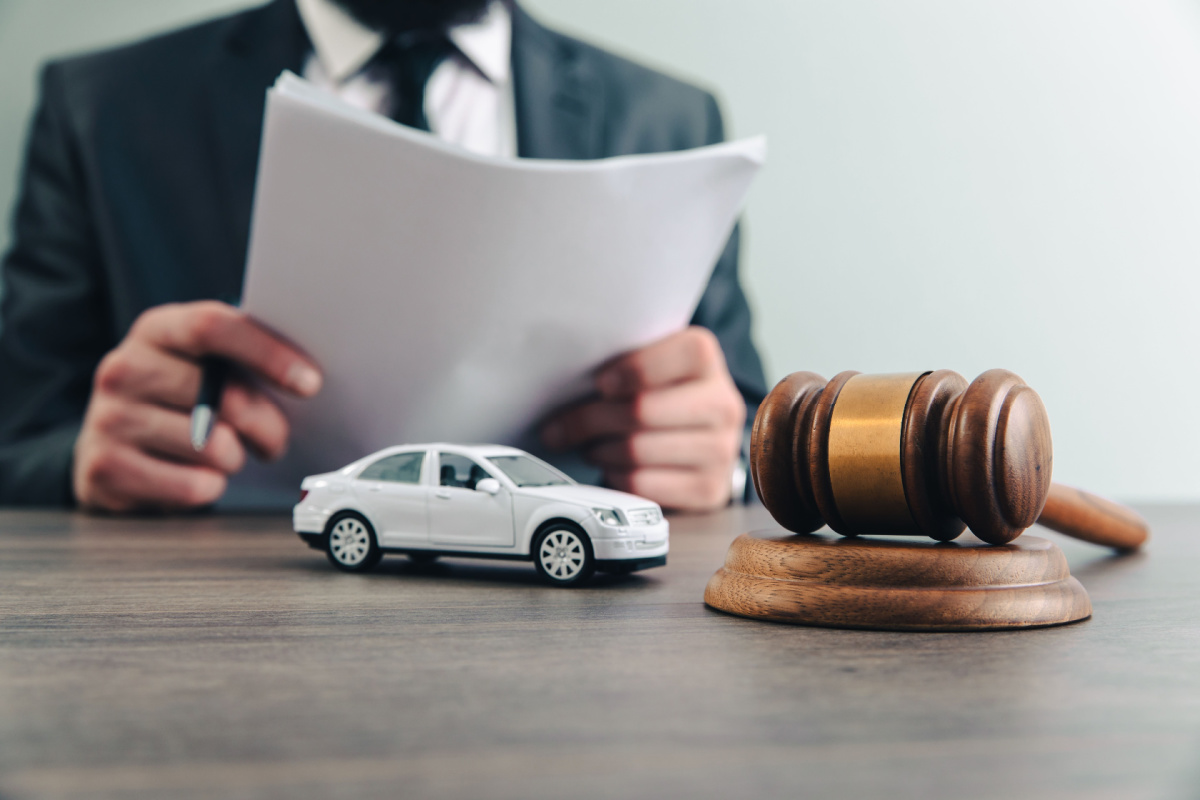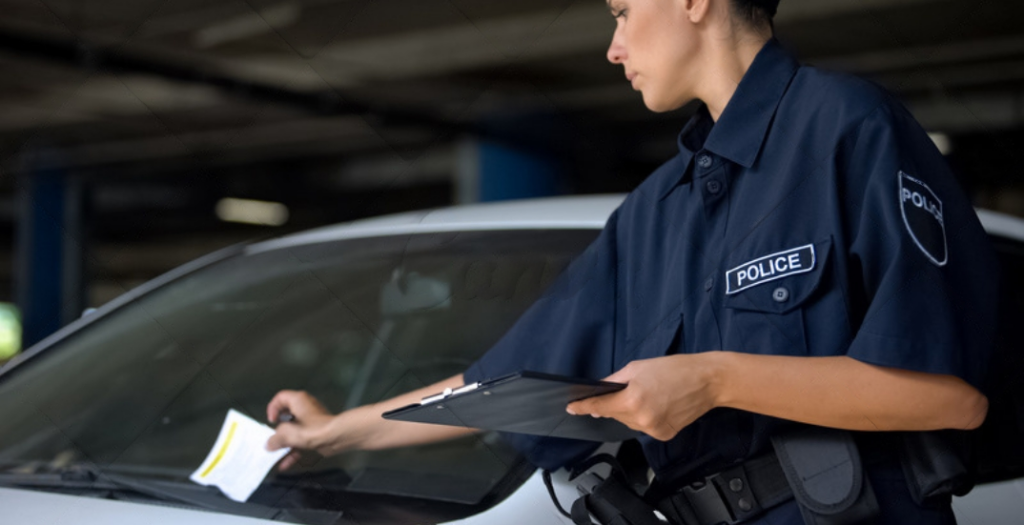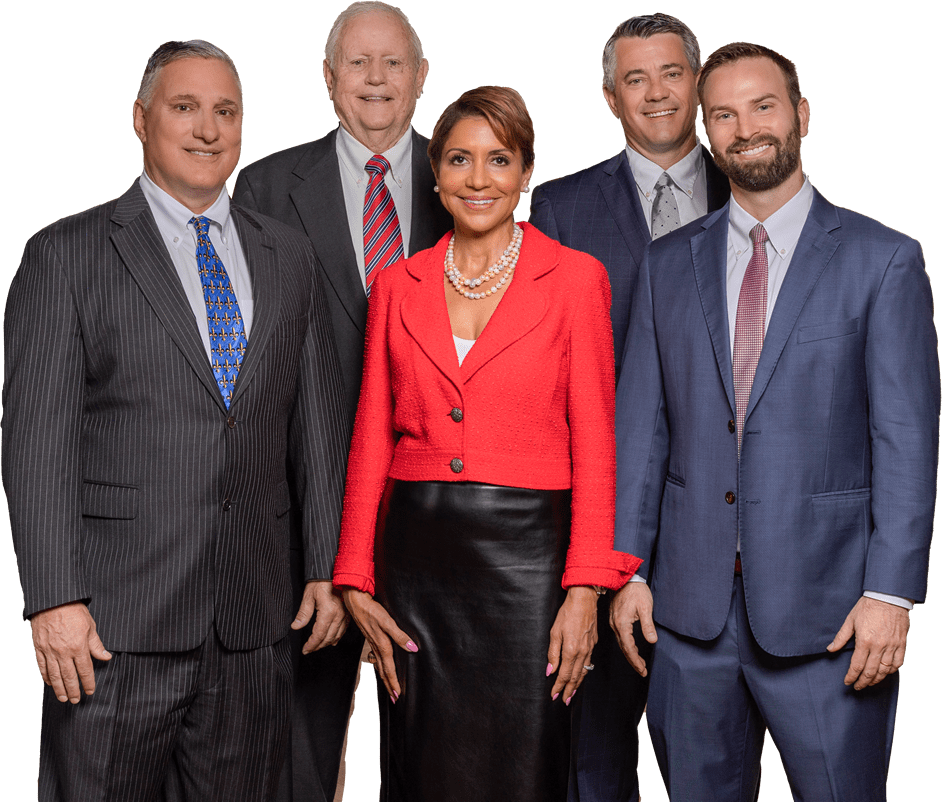
Partner at Charbonnet Law Firm LLC
Practice Areas: Car Accident, Slip-and-Fall, Work-related Injury

Vehicle incidents at bridges and tunnels lead to significant financial costs due to repairs and increased insurance premiums and jeopardize public safety. These accidents often result in severe injuries or fatalities, highlighting the urgent need for enhanced safety measures. Furthermore, such incidents can cause substantial traffic delays, affecting thousands of commuters and disrupting economic activities.
Various challenges emerge in exploring the critical issue of bridge and tunnel strikes, including improved structural design, better traffic management, and enhanced driver awareness. Solutions like advanced engineering practices, installation of protective barriers, and implementation of intelligent transportation systems are vital. Additionally, ongoing research focuses on innovative materials and technologies to increase the durability and resilience of infrastructure against vehicle impacts.
Bridge and tunnel vehicle strikes critically affect transportation, causing substantial financial and human costs. In New Orleans, severe injuries from auto accidents necessitate long-term, expensive medical care, impacting victims’ lives significantly.
New Orleans’ “Rules of the Road“ in the City Code, Chapter 154, Article V, Division 2, plays a key role in accident cases, helping to determine liability and compliance with traffic laws.
For safer travel on bridges and tunnels, drivers should heed signage, maintain lane discipline, adjust lights appropriately, slow down, predict traffic changes, stay alert to weather conditions, and prepare for emergencies. These measures are essential for preventing accidents and ensuring quick, effective responses when incidents occur.
| Aspect | Bridge Accidents | Tunnel Accidents |
| Unique Challenges | Crosswinds, icy conditions | Poor visibility, ventilation issues |
| Prevention Measures | Height and weight limit signage, secure loose items | Emergency exits, carrying safety gear |
| Legal Considerations | Determining liability, infrastructure maintenance | Evacuation procedures, emergency response |
How should drivers ensure safety when navigating bridges and tunnels in New Orleans?
When driving on bridges and tunnels in New Orleans, it is crucial to observe signage, maintain proper lane guidance, adjust lighting appropriately, reduce speed, anticipate traffic congestion, monitor weather conditions, recognize vehicle clearance, use tunnel ventilation correctly, be prepared for emergencies, and show consideration for maintenance and emergency personnel.
By following these guidelines, drivers can significantly enhance the safety of their journey and reduce the likelihood of accidents.
Victims of auto accidents in New Orleans frequently sustain severe injuries. Traumatic brain injuries, spinal column damage, harm to critical organs, and shattered or broken bones are common consequences of these incidents. Such injuries often result from the high-impact forces experienced during auto accidents, which can cause long-lasting physical and psychological effects.
The aftermath of these injuries typically involves extensive medical treatment, including emergency care, surgical interventions, and rehabilitation. Victims may face prolonged hospital stays and ongoing medical procedures, leading to significant financial burdens. Moreover, the severity of such injuries can necessitate long-term care, affecting the victim’s quality of life and economic stability.
Securing competent legal representation is paramount following an auto accident in Louisiana, mainly when injuries result from another’s negligence. A proficient New Orleans car accident lawyer can navigate the complex legal landscape, ensuring that victims receive the compensation they deserve for their injuries, lost income, and pain and suffering.
As the legal process unfolds, victims often find they have various legal avenues to pursue compensation. These may include claims for medical expenses, loss of earnings, pain and suffering, and, in some cases, punitive damages. The support of a skilled attorney is crucial in exploring these options and advocating for the victim’s rights throughout the legal proceedings.
The City of New Orleans’ Code of Ordinances, Chapter 154, Article V, Division 2, outlines the “Rules of the Road,“ setting standards for driving behaviors such as speed limits, signaling, and parking.
The New Orleans Police may issue citations for any violations of these rules following a traffic incident, which can serve as evidence in car accident legal cases.

Individuals involved in accidents leading to property damage or injury must be mindful of legal deadlines for claims or notifications. Adherence to these timelines is critical for the legal process and securing potential compensation.
Understanding the “Rules of the Road“ is vital in navigating the legal landscape post-accident in New Orleans, as these regulations play a crucial role in determining fault and liability in traffic-related disputes.
Bridge and tunnel strikes by vehicles, including buses, commercial and leisure vehicles, and industrial machinery, significantly threaten transportation infrastructure. From 2007 to 2017, over 3,200 such incidents were recorded, with costs approaching $1 billion. However, this figure likely falls short of the actual impact, as it excludes unreported or unnoticed incidents until inspections.
The challenge is compounded by the need for a consistent reporting system, leading to many unrecorded incidents and a limited understanding of the associated risks. This inconsistency hinders the ability to fully assess the damage and implement effective measures to prevent future strikes. Improved reporting and data analysis are essential for understanding the full extent of the problem and enhancing infrastructure safety and durability.
Present strategies to prevent bridge and tunnel strikes, such as improved lighting, height detection systems, and signage, have yet to succeed. A key obstacle is the lack of comprehensive data on the incidents, which impedes the development of targeted countermeasures.
A standardized reporting mechanism in crash reports for bridge or tunnel collisions is necessary for accurate data collection, limiting the understanding of these incidents’ scope and nature. This gap in precise reporting and analysis hampers efforts to assess and enhance the effectiveness of prevention strategies.
To overcome these challenges, a concerted effort is needed to standardize reporting methods, enhance data collection, and invest in more effective prevention technologies. Collaboration among transportation authorities, law enforcement, and engineers is crucial to effectively creating a unified approach to reduce bridge and tunnel strikes.
The National Transportation Safety Board (NTSB) has proposed a best practices guide to tackle the issue of bridge and tunnel strikes. The guide highlights the need for comprehensive data collection and interagency cooperation. It aims to compile and analyze data on these strikes’ occurrences, causes, and effects, facilitating a better understanding of the issue.
A key objective is enhancing coordination among state authorities, promoting sharing insights and effective strategies to mitigate bridge and tunnel strikes. The guide will also assess successful domestic and international measures, offering evidence-based recommendations that can be adapted to suit various locales.
Through the NTSB’s initiative, this guide is expected to play a crucial role in reducing the frequency and severity of bridge and tunnel strikes, contributing to safer national transportation networks.
Future transportation safety hinges on crafting a detailed plan to prevent and mitigate bridge and tunnel strikes, necessitating continuous research and adaptation. Establishing a unified database for tracking these incidents will be pivotal, offering insights into reducing their frequency and severity.
This effort will also demonstrate the importance of collaboration among government bodies, industry stakeholders, and safety organizations. By fostering a united approach to this complex issue, such collaboration can lead to the sharing of knowledge and resources, enhancing the effectiveness of safety measures.
In summary, the future of transportation safety will depend on a data-driven, collaborative approach to comprehensively address bridge and tunnel strikes, ensuring safer travel infrastructures.
Navigating bridges and tunnels necessitates heightened vigilance due to their unique challenges. Here are essential tips for drivers to ensure safe passage and reduce accident risks:
Be aware of posted height and weight limits, which are crucial for avoiding bridge and tunnel accidents, especially for larger vehicles like trucks and RVs. Adhering to reduced speed limits in these areas helps manage sharp turns and low visibility.
Maintain lane discipline. Bridges and tunnels often feature narrower lanes, and sudden lane changes can lead to collisions. Always use turn signals well in advance to alert other drivers of lane changes.
Use low-beam headlights in reduced visibility to avoid blinding other drivers. Keeping headlights on enhances your vehicle’s visibility, even in well-lit tunnels.
Slow down to accommodate environmental factors like crosswinds or wet surfaces common in these structures. Increasing the following distance provides a safety buffer for unexpected traffic stops.
Anticipate potential congestion and prepare for sudden stops, especially during peak traffic hours. Avoid distractions to maintain focus and quick response to traffic changes.
Adjust driving to weather conditions, as tunnels and bridges can present hazards like pooling water or icy surfaces not found on adjacent roads. Secure external items to prevent them from becoming hazards in windy conditions.
Know your vehicle’s height to avoid bridge strikes and ensure that your load is secure and within height restrictions.
Activate your vehicle’s recycle air setting to avoid drawing in polluted outside air when entering a tunnel.
Familiarize yourself with tunnel evacuation routes and emergency procedures, keeping safety gear like a reflective vest and flashlight readily accessible.
Yield to or slow down for emergency and maintenance vehicles, ensuring their safety and yours.
By adhering to these practices, drivers can significantly enhance safety while traversing bridges and tunnels, maintaining alertness and preparedness as key elements of safe driving..
An experienced attorney’s knowledge and advice are invaluable in navigating legal complexities. Lawyers represent clients in court and provide comprehensive solutions to difficult issues and wise counsel.

For those considering legal services, here’s how attorneys can be instrumental:
The judicial system can appear daunting to those unfamiliar with its workings. Lawyers serve as navigators, helping clients understand the intricacies of legal processes, the steps in legal actions, and the implications of contracts and other legal documents. They clarify the legal system, ensuring clients know their rights and obligations, thus removing the mystique and making the legal process more accessible and understandable.
Having an advocate is crucial in legal disputes or litigation. Lawyers protect their client’s interests in negotiations, mediation, and court proceedings, advocating to secure favorable outcomes. Skilled in constructing arguments, gathering evidence, and cross-examining witnesses, attorneys work diligently to strengthen their clients’ positions and achieve successful resolutions.
Lawyers also play a vital role in preventing legal problems before they arise. Through preventive legal advice, they help individuals and businesses avoid legal pitfalls. Understanding the legal landscape allows clients to make informed decisions that minimize legal risks and prevent future disputes. This advice may encompass guidance on risk management, ensuring compliance with laws and regulations, or adopting best practices in various legal domains.
Attorneys, therefore, are not just legal defenders but also strategic advisers who help navigate the legal system, advocate for clients’ interests and offer preventive counsel to avoid legal troubles. Their expertise and guidance are crucial for anyone facing legal challenges or seeking to understand their legal standing and options.
If you or a loved one has been involved in an accident on a bridge or tunnel in New Orleans, it is essential to seek the guidance of an experienced accident attorney.
At Charbonnet Law Firm, our knowledgeable team is dedicated to protecting your rights and fighting for the compensation you deserve.
Contact us today to schedule a consultation and learn how we can help you navigate the complexities of your accident claim.

With over 50 years of legal experience serving families in the New Orleans area and surrounding Louisiana communities, our firm takes pride in providing clients with personalized legal services tailored to individual needs.